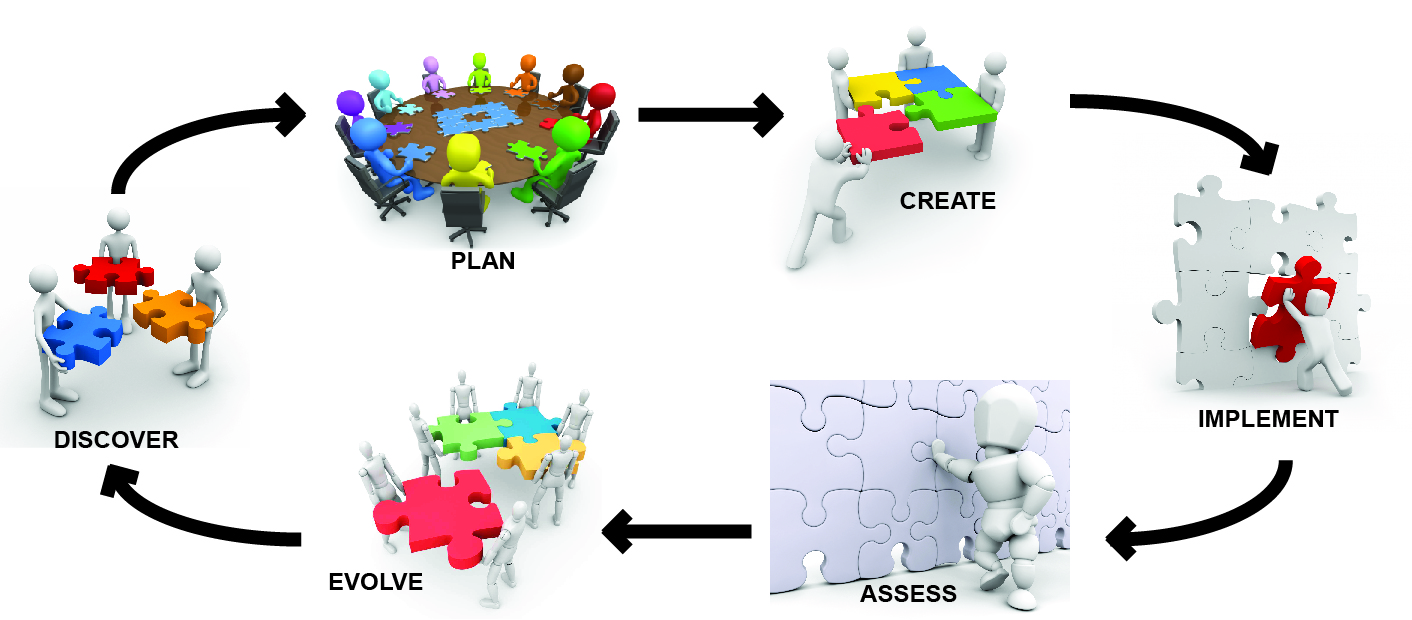
We believe that good software implementations begin with a comprehensive requirements analysis using a solid investigative process. Whether you’re looking to evaluate your current systems environment, current business processes, or need help defining requirements that are specific to your business, Arbela can help.
We provide a quick, practical assessment of your business and IT environment and have considerable experience in transferring our years of knowledge and expertise to our clients.
We work both on a project and organizational level, helping you pinpoint processes and requirements that will bring the most value and consistency across your business.

The design process is often circular, looping back on itself as the team learns more about a project, ultimately informing the beginning of the process for the next project. The design process is rarely linear due to the ongoing analysis and synthesis and testing of ideas throughout the process and we have observed that phases will often overlap. At VSK Systems, we see the process in approximately 6 phases, as is suggested by the diagram above.
VSK Systems can design, build, evaluate, and refine your application in stages where possible. In each stage, we maintain a primary focus.

Before releasing any application or business processes to the general population, we conduct rigorous testing, starting with unit testing conducted by our development and QA teams, and it continues with formal string testing of system features linked to other components and integrated systems.
VSK Systems conducts quality assurance (QA) testing either with your internal QA department or as an independent service offering, using testing automation tools and test-driven development (TDD) approaches.
